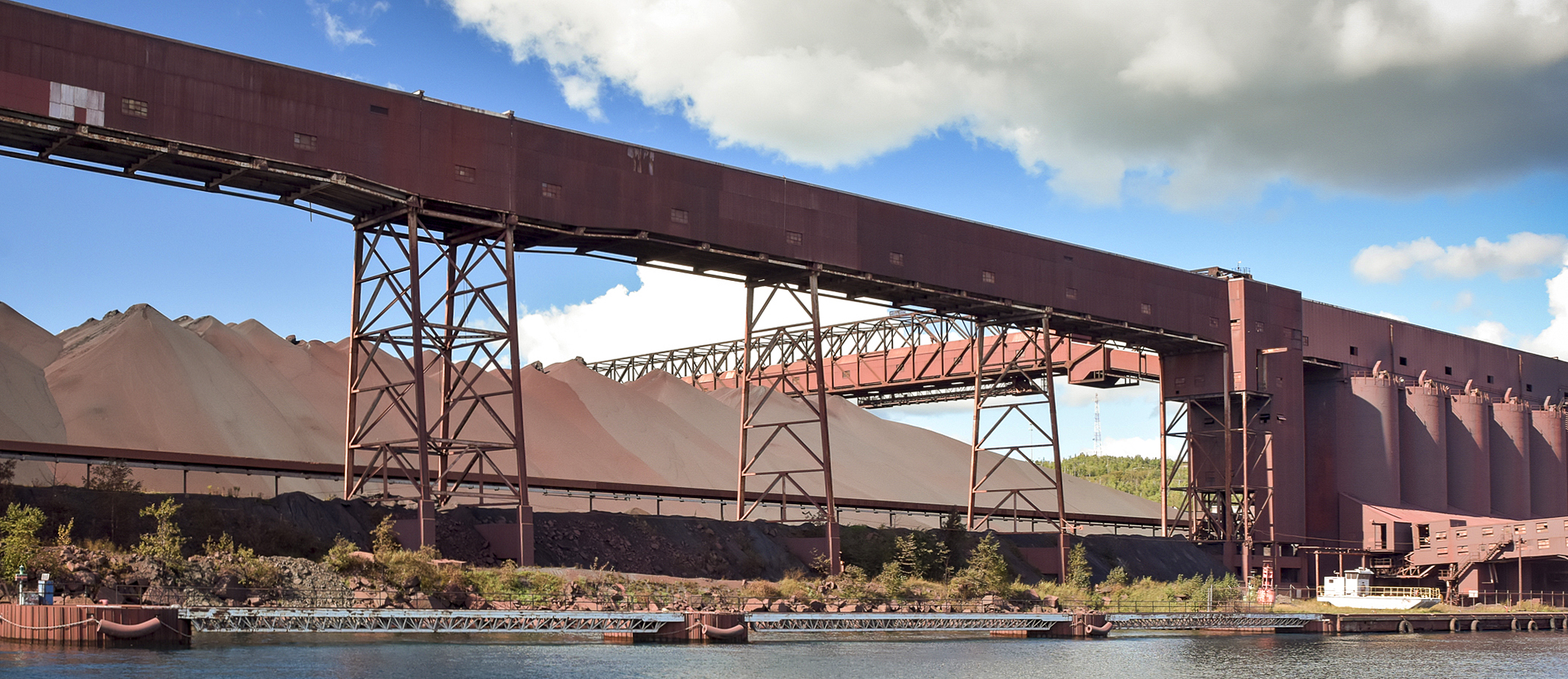Minnesota’s mining industry digging out of recent recession

When Minnesota’s mining industry is healthy, people who live on the Iron Range can feel it – literally.
As Rep. Jason Metsa (DFL-Virginia) explained to the House Subcommittee on Mining, Forestry and Tourism Wednesday during a hearing on the health of the state’s iron ore industry, the “precise clockwork” of a mine blast is something “Rangers” count on in their daily lives.
“Everyone, every day feels that little rumble, and when it’s not there it’s kind of eerie,” Metsa said. “I’m glad we’re to the point where we’re feeling that again.”
Minnesota’s iron mines are gradually beginning to ramp their production back up as the industry rebounds from what one presenter called a “historic recession” in the world’s steel market over the last two years.
Kelsey Johnson, president of the Iron Mining Association, told the committee her organization, which works to promote the industry, “has seen positive signs” over the last few months and that eight of the state’s 11 iron ore mines are now operating. But she cautioned that Minnesota mines aren’t yet up to full speed.
“I can’t stress this enough, we’re still down,” Johnson said. “We’re nowhere near our highest capacity and output.”
A rich history
Minnesota began mining iron ore in 1884, which has principally taken place through the years on three iron formations: the Vermillion Range in St. Louis County; the Mesabi Range in Cass, Itasca and St. Louis counties; and the Cuyuna Range in Crow Wing and Aitkin counties.
With natural iron ore deposits now mostly depleted, much of the rock mined in Minnesota today is taconite. Because it has a low-iron content – about 30 percent – taconite is mined and crushed to a fine powder. The iron particles are then separated out using magnets and concentrated into taconite “pellets” – about 65 percent iron – which are shipped to steel mills where they’re fed into blast furnaces to make steel.
Minnesota produces up to 45 million tons of iron ore annually – 85 percent of the nation’s production.
Jess Richards, lands and minerals director for the Department of Natural Resources, told the committee iron ore mining is responsible for 11,000 direct and indirect jobs in Minnesota when the industry is fully operational.
WATCH Full video of Wednesday's presentation to the House Subcommittee on Mining, Forestry and Tourism
“By some estimates, we have well over 100 years of resource still in the ground,” Richards said.
Several mining representatives provided an overview of their companies and discussed challenges they face individually, and as an industry, in trying to rebound from the recession. They cited energy costs and permitting as two of the most common difficulties they face.
Christopher Masciantonio, government affairs manager for U.S. Steel, said the industry must be able to compete with iron ore prices in the rest of the world. His company operates Minntac, a facility near Mt. Iron that is 9 miles long, 1.5 miles wide, 200 feet deep and produces 16 million tons of iron ore each year, most in the country.
U.S. iron ore production is only 2 percent of the global total.
“That’s a pretty fragile number,” Masciantonio said. “We need to maintain our competitive advantage.”
Division Chair Rep. Chris Swedzinski (R-Ghent) said that although the industry faces “headwinds,” it is important for the state to keep mining “moving forward.”
Related Articles
Search Session Daily
Advanced Search OptionsPriority Dailies
Ways and Means Committee OKs proposed $512 million supplemental budget on party-line vote
By Mike Cook Meeting more needs or fiscal irresponsibility is one way to sum up the differences among the two parties on a supplemental spending package a year after a $72 billion state budg...
Meeting more needs or fiscal irresponsibility is one way to sum up the differences among the two parties on a supplemental spending package a year after a $72 billion state budg...
Minnesota’s projected budget surplus balloons to $3.7 billion, but fiscal pressure still looms
By Rob Hubbard Just as Minnesota has experienced a warmer winter than usual, so has the state’s budget outlook warmed over the past few months.
On Thursday, Minnesota Management and Budget...
Just as Minnesota has experienced a warmer winter than usual, so has the state’s budget outlook warmed over the past few months.
On Thursday, Minnesota Management and Budget...